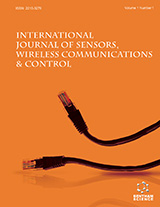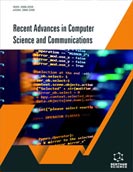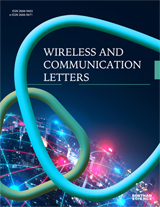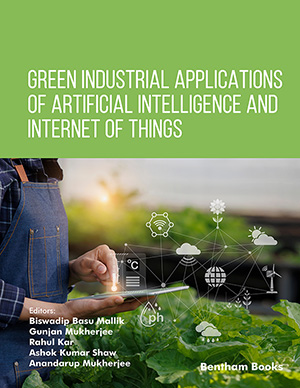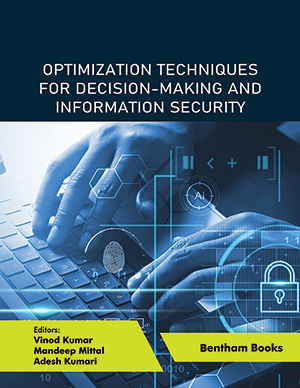
Abstract
Background: In this era of emerging technologies, Mobile Wireless Sensor Network (MWSN) has emerged as a powerful tool for many applications. Applications such as battlefield and traffic surveillance, agriculture and environment monitoring, smart homes and smart cities require a specific protocol to fulfill a specific purpose. WSN is composed of numerous tiny Sensor Nodes (SNs) along with one or more sinks, where sinks have unlimited sources of energy and SNs are battery- operated. SN tasks are to sense the data and transmit it to sink through the formation of dynamic topology. The SNs nearer to the sink rapidly exhaust their energy due to the heavy burden. Due to this, SNs became dead affecting the performance of the network lifespan. To overcome this problem, the concept of MWSN has been proposed. In MWSN, the sink can move from one location to another, and collect data from SNs. With the help of MWSN, the problem of energy holes can be resolved. An energy hole is a problem in which nodes are alive but they are not able to send the data due to low energy left. To overcome this problem, MWSN plays an important role. MSWN can move around the region and collect the data from SNs.
Methods: In this work, we have proposed a Mobile Sink (MS) that can move on fixed or random locations for data collection from SNs. The comparative analysis of various MS strategies such as MS on boundaries, 4 sojourn locations in the region, random position in the region and fixed path to collect the data has been done.
Results: SNs become dead in 2246 rounds in static approach. In the MS boundary approach, all SNs are dead in 2593 rounds. In the sojourn location, it lasts up to 4827. But in MS random and fixed location approaches, all SNs are dead in 11568 and 11513 rounds, respectively.
Conclusion: The simulation results depict that the MS strategies having fixed or random positions in the region enhanced the network lifetime 4 to 5 times more than the static sink.
Keywords: Mobile sink, MWSN, fixed position, sojourn location, random positions, static sink.
[http://dx.doi.org/10.1109/CICT.2016.57]
[http://dx.doi.org/10.1007/s12647-020-00366-5]
[http://dx.doi.org/10.2174/2210327905666150914225227]
[http://dx.doi.org/10.1109/CIACT.2017.7977373]
[http://dx.doi.org/10.17762/itii.v9i2.346]
[http://dx.doi.org/10.1109/IEMECON53809.2021.9689125]
[http://dx.doi.org/10.2174/2213275909666160816161408]
[http://dx.doi.org/10.3390/electronics10091012]
[http://dx.doi.org/10.2174/2352096516666221026092345]
[http://dx.doi.org/10.1007/978-3-030-44041-1_12]
[http://dx.doi.org/10.14569/IJACSA.2021.0120437]
[http://dx.doi.org/10.1002/dac.4687]
[http://dx.doi.org/10.1109/ICACT.2008.4493846]
[http://dx.doi.org/10.1109/CEC.2016.7744357]
[http://dx.doi.org/10.1155/2020/1236187]
[http://dx.doi.org/10.5120/828-1173]
[http://dx.doi.org/10.1007/s10586-017-1310-9]
[http://dx.doi.org/10.1007/s13369-021-05415-y]
[http://dx.doi.org/10.1007/s11227-017-2115-6]
[http://dx.doi.org/10.1109/JIOT.2019.2905952]
[http://dx.doi.org/10.1007/s12083-020-00939-w]
[http://dx.doi.org/10.1109/ACCESS.2019.2900742]
[http://dx.doi.org/10.1155/2018/6839671]
[http://dx.doi.org/10.1109/ACCESS.2019.2933052]
[http://dx.doi.org/10.1109/LCOMM.2018.2841911]
[http://dx.doi.org/10.1109/CCC.2019.00-12]
[http://dx.doi.org/10.1002/ett.3942]
[http://dx.doi.org/10.1155/2019/5746374]
[http://dx.doi.org/10.1109/TIE.2018.2869345]
[http://dx.doi.org/10.1186/s13638-021-01925-3]
[http://dx.doi.org/10.1007/978-981-15-5947-1_8]
[http://dx.doi.org/10.1109/JIOT.2018.2889379]
 6
6 1
1


